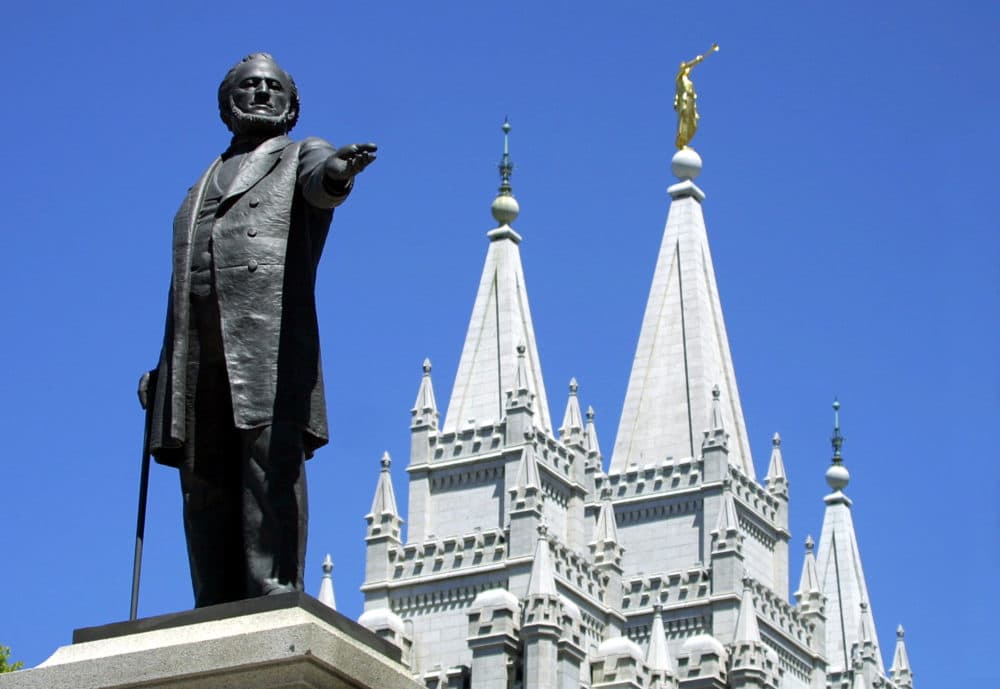The past of the Church of Jesus Christ of Latter-Day Saints which is often referred to as the Mormon Church, holds a complex narrative concerning race relations, and specifically Blacks within Mormonism. This article is designed to offer a factual and objective examination of the history of treatment for Black people within the Mormon Church as well as the policy restrictions that were put in place and how the Church has evolved to disavow the past practices and beliefs which were associated with racism.
Blacks and Mormonism A Historical Overview
From 1852 until 1978, from 1852 to 1978, the Mormon Church imposed a policy that prohibited blacks in Mormonism to be ordained priests. This restriction was a result of beliefs in the scriptures and religious beliefs that were prevalent at the time. Black people were not permitted certain Church rituals and duties, resulting in a segregated Mormon community. This discrimination was not unique to Mormonism. It was an expression of the widespread racial prejudices in American society at the time.

Mormon Black Peoples & the 1978 Revelation
A pivotal turning point happened in 1978 when the then president of the Church, Spencer W. Kimball, received what Mormons consider to be a divine revelation regarding the exclusion of Black individuals from the priesthood. This was believed to be a pivotal event that lifted the ban that had been in place for more than a century. The Church of Jesus Christ of Latter-Day Saints declared that Black individuals can now claim the priesthood and be fully involved in the activities of the Church.
The Church today rejects the notion of racism and welcomes all people, regardless their race to accept Jesus Christ. The doctrine of equality is for all, and emphasizes that God loves everyone, regardless of race, gender, or social class.
Joseph Smith’s Fair Treatment of Black Individuals
Despite the racial prejudices of the time The Mormon Church’s founder, Joseph Smith, demonstrated fairly equitable treatment of Black individuals. Joseph Smith may have ordained Black men to the Priesthood in his lifetime, as per the historical records. This was in accordance with Smith’s teachings on equality and inclusion in the Church. The clergy who embraced Smith’s guidelines imposed policies which barred African-Americans from the priesthood. This was a reflection of the evolving attitudes of society toward race in the late 19th century. For more information, click Mormon Black People
Suppriming Racism and Moving Towards Unity
Church of Jesus Christ of Latter-Day Saints leadership has implemented significant steps to address racism in the present and work for unity between its members. The Church has issued statements that disavow the past beliefs about race. They insist that racism in any form is against the doctrines of Jesus Christ and the core doctrines of the Church.
The Church encourages compassion, understanding and love among its diverse members. It recognizes the importance and worth of every person. An effort is made to inform members on the importance of acceptance, diversity, and to reject prejudiced beliefs.
You can also read our conclusion.
Knowing the background of Blacks and the Church of Jesus Christ of Latter-Day Saints progress on racial matters is essential for promoting equality and fostering unity. This traumatic policy, which restricted Blacks from ordination to the priesthood for more than 100 years, has been an important aspect of the Church’s history. In 1978, the revelations made about the policy marked a pivotal moment and signaled a commitment to equality and inclusion.
The current position of the Mormon Church is to reject discrimination against minorities, defend equality and advocate for acceptance and love within its members. In addressing the prejudices of history against race and implementing steps to move forward in this direction, the Mormon Church is moving in a direction of understanding and unity.